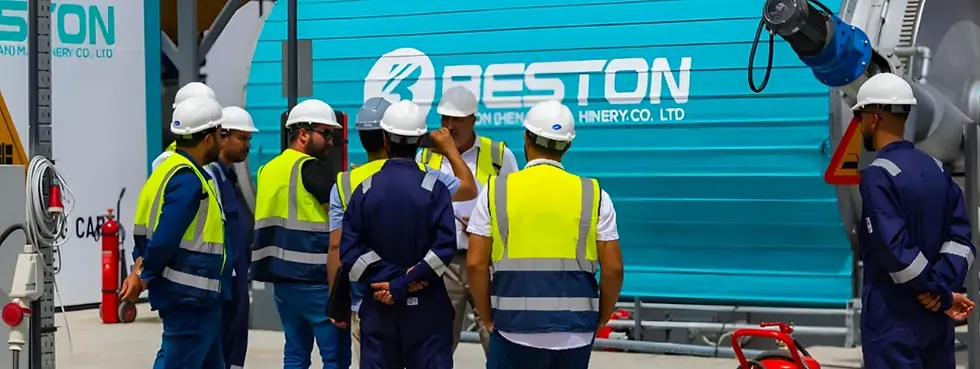The Impact of Europe’s Plastic Ban on Pyrolysis Projects
- wastetoenergy
- Sep 24
- 2 min read
The European Union has advanced some of the strictest policies on plastic waste management. The prohibition of single-use plastics, combined with broader restrictions on packaging, has created an immediate demand for alternative disposal pathways. This regulatory momentum is pushing industries to transition away from linear consumption models. For the petrochemical and waste management sectors, the shift has intensified interest in thermal conversion routes, where a pyrolysis plant becomes a critical technology.
Market Realignment and Supply Shifts
The ban has disrupted established supply chains. Products previously dependent on disposable plastics are being redesigned with recyclable or biodegradable substitutes. However, this does not eliminate the massive volumes of legacy waste accumulated in landfills and municipal systems. The introduction of restrictions has, paradoxically, increased the urgency of processing residual plastic stocks. Operators of plastic to fuel machine facilities find themselves positioned at the intersection of policy enforcement and industrial necessity. They are expected to absorb waste streams that cannot be redirected to mechanical recycling, particularly mixed and contaminated polymers.

Technology Adoption and Strategic Investment
The policy environment has catalyzed investment in advanced thermal processing. Stakeholders recognize that pyrolysis offers both a disposal mechanism and a secondary resource generation pathway. A plastic to oil machine converts plastic fractions into liquid hydrocarbons, syngas, and char, all of which can be reintegrated into energy or material cycles. This alignment with the circular economy framework makes pyrolysis technology attractive under Europe’s regulatory framework. Additionally, the ban has encouraged joint ventures between petrochemical corporations, waste processors, and technology providers to accelerate commercialization.
Competitive Dynamics and Economic Pressures
Despite its potential, the economic environment remains challenging. The costs of deploying a pyrolysis plant at scale can be prohibitive, especially when compliance with European emission standards is factored in. Operators face the dual requirement of economic viability and stringent environmental controls. The competition for municipal contracts has intensified, as companies seek to secure long-term feedstock sources to justify capital expenditure. At the same time, subsidies and green investment funds are increasingly directed toward projects that demonstrate high recovery efficiency and minimal ecological footprint.
Environmental Considerations and Policy Synergy
The European plastic ban is not an isolated directive. It is part of a broader suite of climate and waste reduction policies. In this context, pyrolysis serves a dual role. On one hand, it alleviates the pressure on landfills and incineration. On the other, it offers a transitional pathway toward decarbonization by generating lower-emission substitutes for fossil-based feedstocks. A pyrolysis plant operating within these frameworks must integrate advanced gas cleaning, energy recovery, and residue management systems to ensure alignment with policy goals.
Future Outlook for the Pyrolysis Sector
The coming decade will determine how effectively pyrolysis integrates into Europe’s waste management infrastructure. Regulatory tightening is unlikely to reverse, which ensures a consistent push toward non-mechanical recycling. As plastic bans expand across additional categories and member states, the role of pyrolysis is set to grow. The challenge lies in scaling the technology while maintaining competitiveness and environmental integrity. A pyrolysis plant that delivers operational consistency, regulatory compliance, and high conversion yield will emerge as a cornerstone of Europe’s circular plastics economy.







Comments